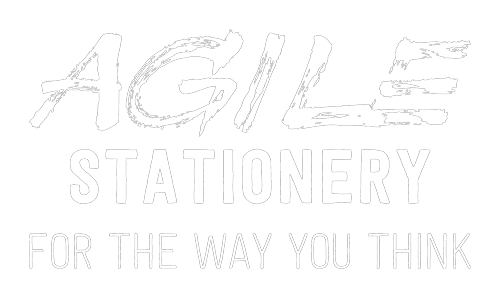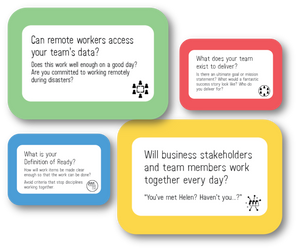Simon Gibbs 7th September 2020
Tools for dealing with a much higher software delivery workload
A lot has changed recently for everyone, and businesses are rapidly adapting, pivoting or folding. In this article, we'll present a curated set of tools and how they might help tech departments and online businesses dealing with a much higher software delivery workload.
For teams that have rapidly shrunk, or found themselves doing new work on top of old work, there is a need to optimise your ways of working to ensure you can cope. Teams facing lay-offs will be wanting to decommission systems and eliminate technical debt and distractions, while ensuring the lights stay on. Team's embarking on new work need that work to be well organised if they are to be able to handle it comfortably.
Organising teams efficiently
Team Topologies is a chart topping tome of very modern wisdom. The major thesis is that there is only so much mental work that teams can handle before overloading fundamental limits of memory, attention and cognition that are hardwired in biology. Given this is true, your team's workload needs to be optimised to match.
The Team Topologies book by Matthew Skelton and Manuel Pais explains how to map out what they are working on, how the architectural software components interact, and form team boundaries and working practices that respect the system and human limitations. Once this is done, you can optimise how teams interact and that kind of "API" your human teams need to present to their human colleagues as they work together on computer systems that are connected. Self service? Facilitation? Intense collaboration? You are guided through these decisions.
Agile Stationery have collaborated with Team Topologies to bring you, not only the book, but a set of thoughtfully crafted paper Modeling Shapes, also created by Matthew and Manuel, to help you visualise and communicate your current topology and produce prototypes of new ways of organising people. Testing ideas on paper will hopefully eliminate the pain of failed reorganisations and help you get into shape quickly.
Culture, procedures, and processes for efficient and effective delivery
When times are good, it is tempting for businesses to simply absorb the cost of maintaining and operating systems, rather than trying to reduce it. If there is money to spare, even a full system outage might be tolerated while new strategies and pet projects are pursued. When times are tough, and you had to let go the guy who always fixed your system, then those left behind face a huge burden of learning how to fix it, and fixing it every time it goes wrong.
The above is just a flavour of the many challenges of operating and maintaining systems. The Multi-team Software Delivery Assessment by Matthew Skelton provides a means to conduct a healthcheck on upto 66 different factors that lead to successful ownership and change of software, including team strength and culture, maintaining a decent flow of change, having strong testing, visibility into production systems, budgets, disaster recovery and more. It can be deployed cheaply across your whole organisation to ensure everything is well-executed and interventions can be planned to address issues before more money is lost.







